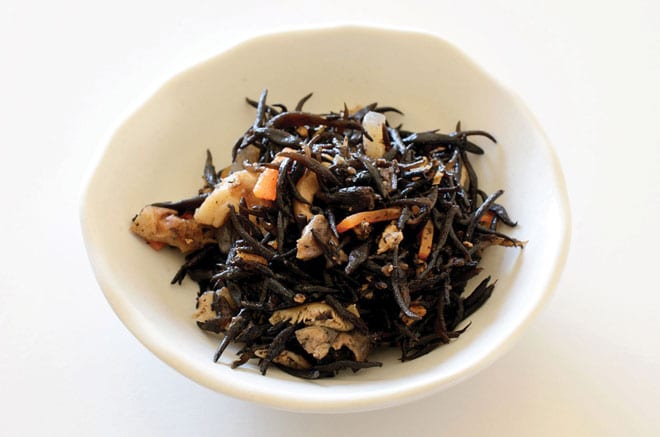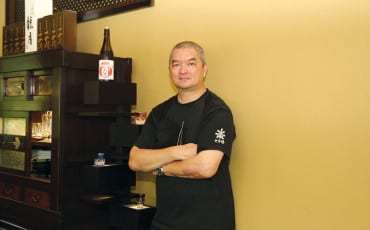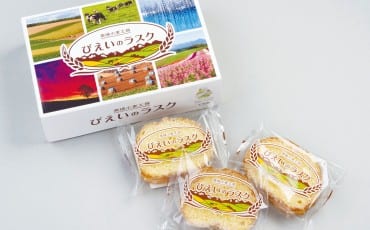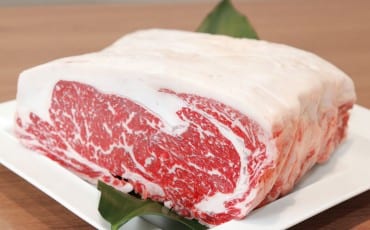- OISHII
- OISHII Wiki
- Ingredients
- Hijiki
OISHII Wiki
Ingredients
Hijiki
Of all the seaweeds, hijiki is featured most commonly in Japanese home cooking. Preparation is easy – rinse it quickly to remove any sand and then soak for 10 minutes. Its flavour is neutral so it takes well to a traditional stew with dashi, soy, and carrots or lotus roots, while the al dente bite makes it ideal for adding texture to salads, stir-fries and tofu dishes.

There’s another reason why home cooks love hijiki. It packs 10 times more calcium than cow’s milk. Great news for people who are dairy intolerant!
Hijiki grows along rocky coastlines in Japan, but one of the best comes from the Boso peninsula (Boshu) on the Pacific coast of Japan, east of Tokyo. The rocky tideline, clean waters and mild climate create the perfect natural environment for this brown algae to flourish.
Hijiki in this area is still harvested and prepared using traditional methods. In early spring when the flavour of hijiki is at its peak, fishermen head out during low tide to cut hijiki with sickles. It is then washed, and the plant is steamed in its own juices to soften it. During this process, the brown seaweed turns into its signature black colour. Next, it is left overnight to cool and then air-dried. Coversely, commerical techniques boil the hijiki for longer, resulting in mineral loss.
Also, in the drying process, the hijiki buds detaches from the stems, and most producers sell them separately. That’s why you’ll see hijiki sold in two forms – in dried twig-like forms or small buds that are reminiscent of dried black tea leaves. However, traditional fishermen from Boshu mix the buds with the rest of the plant because they believe the plant should be enjoyed in its entirety. So wherever you get the chance, look out for Boshu hijiki to take in the full benefits of hijiki!









